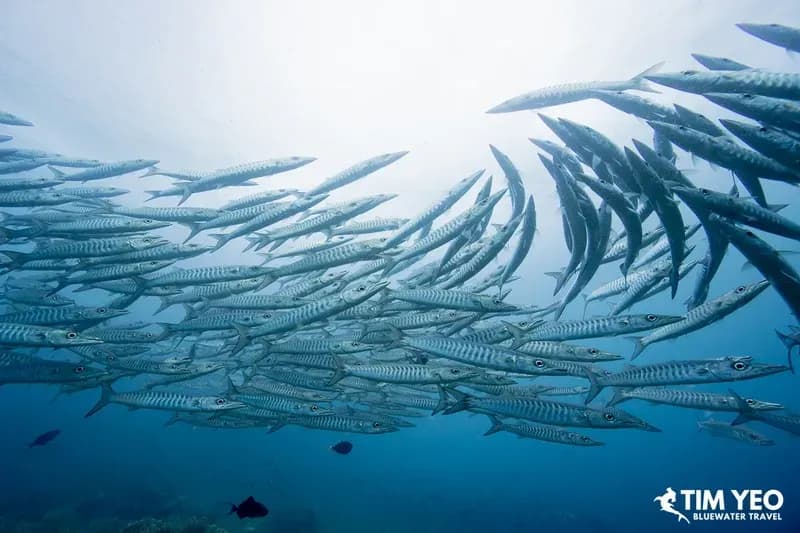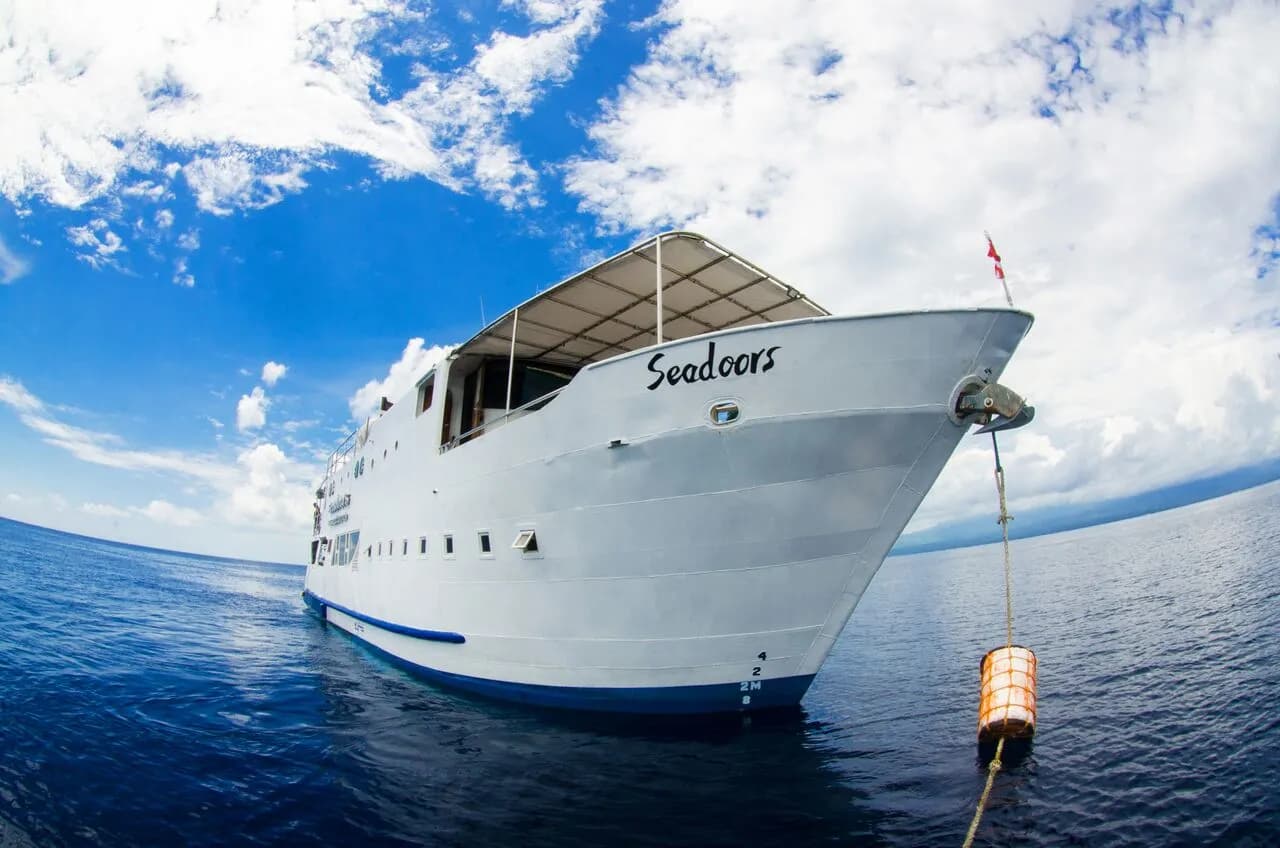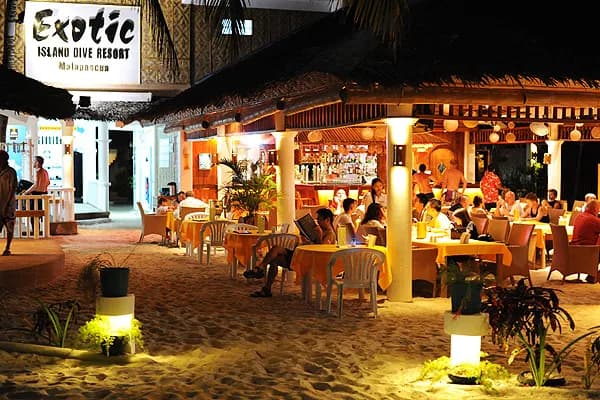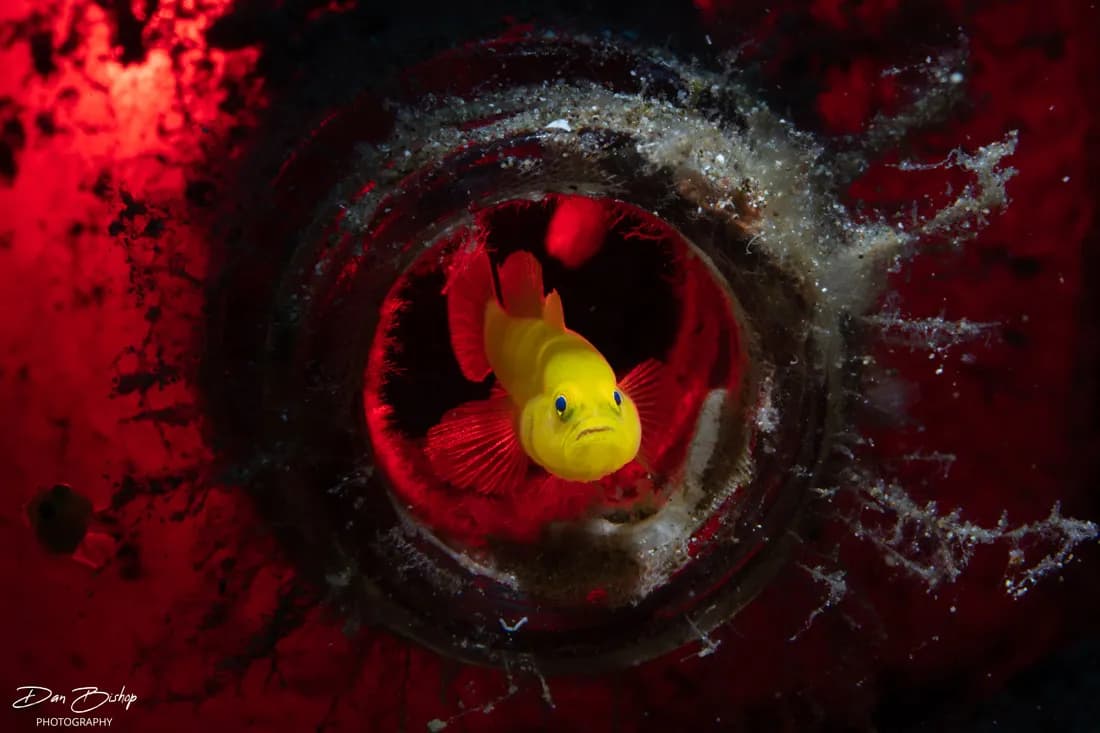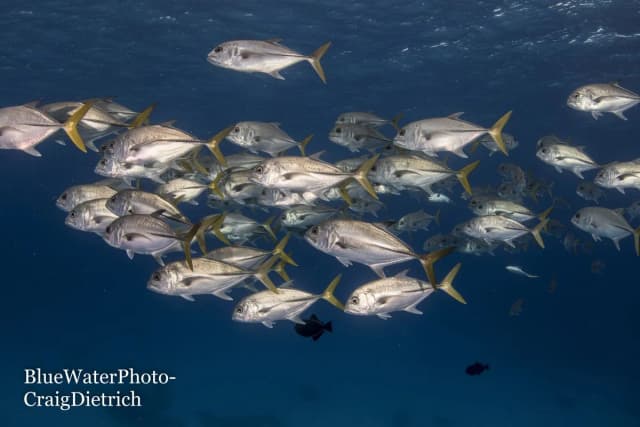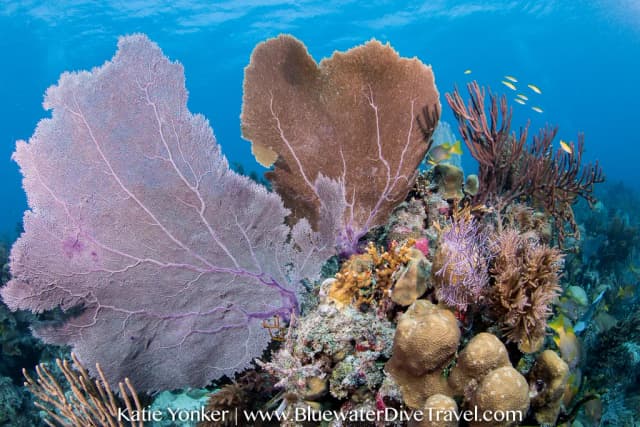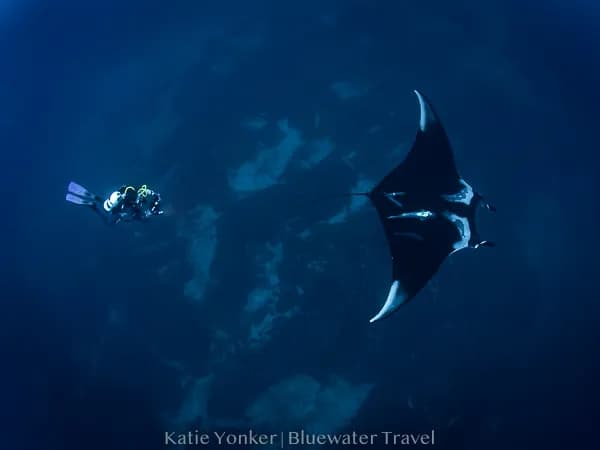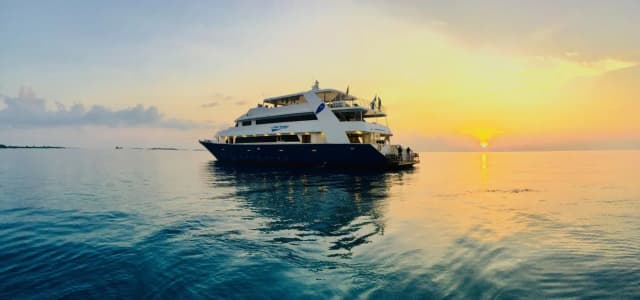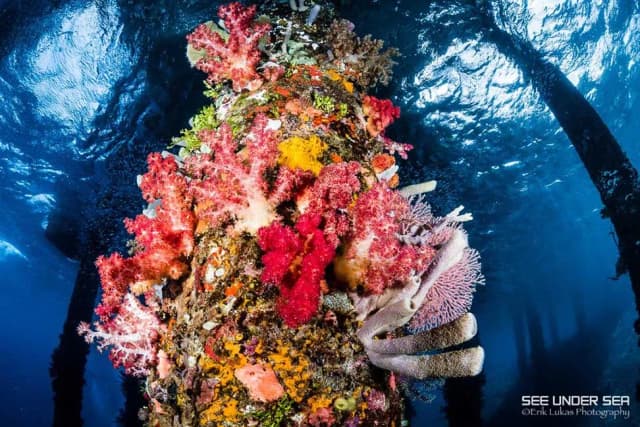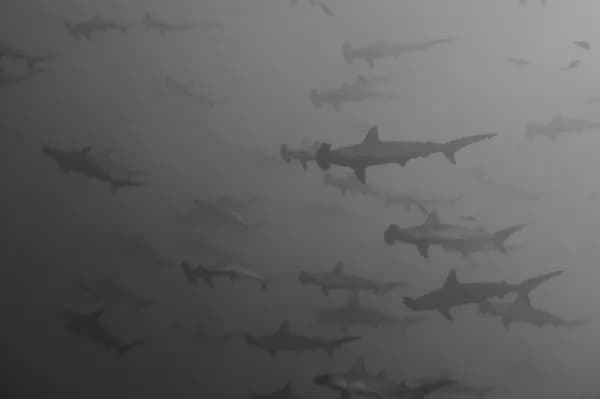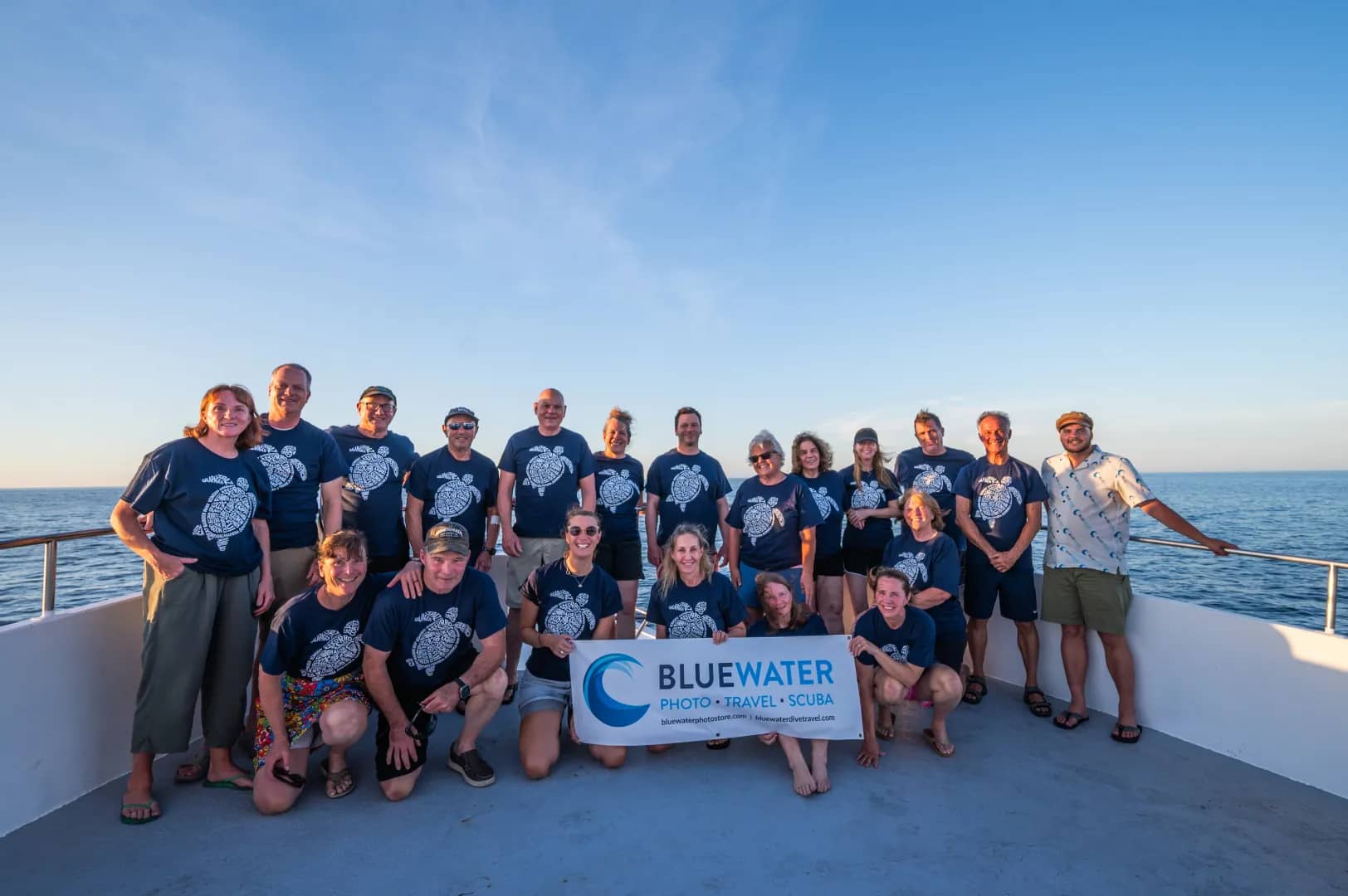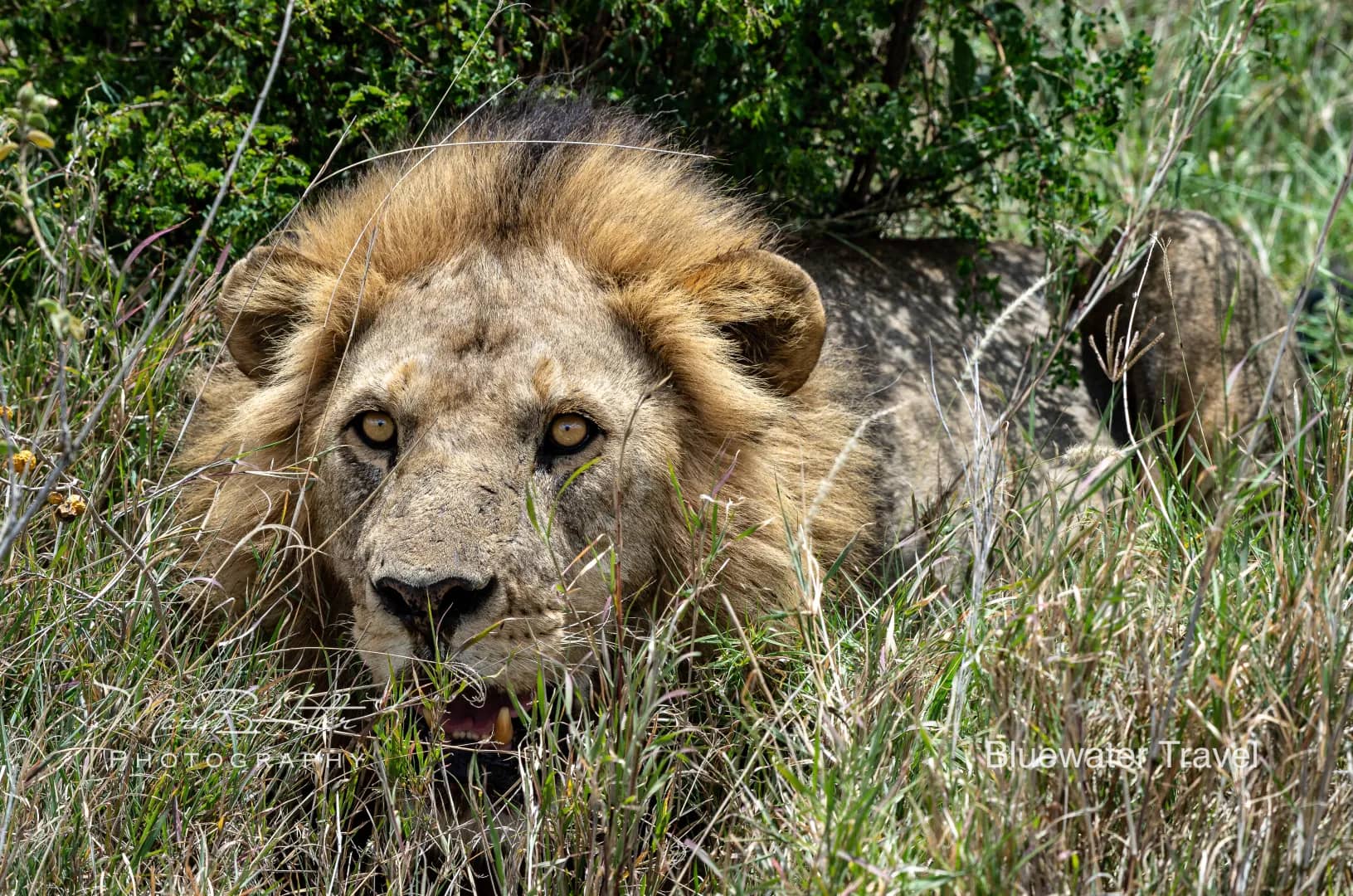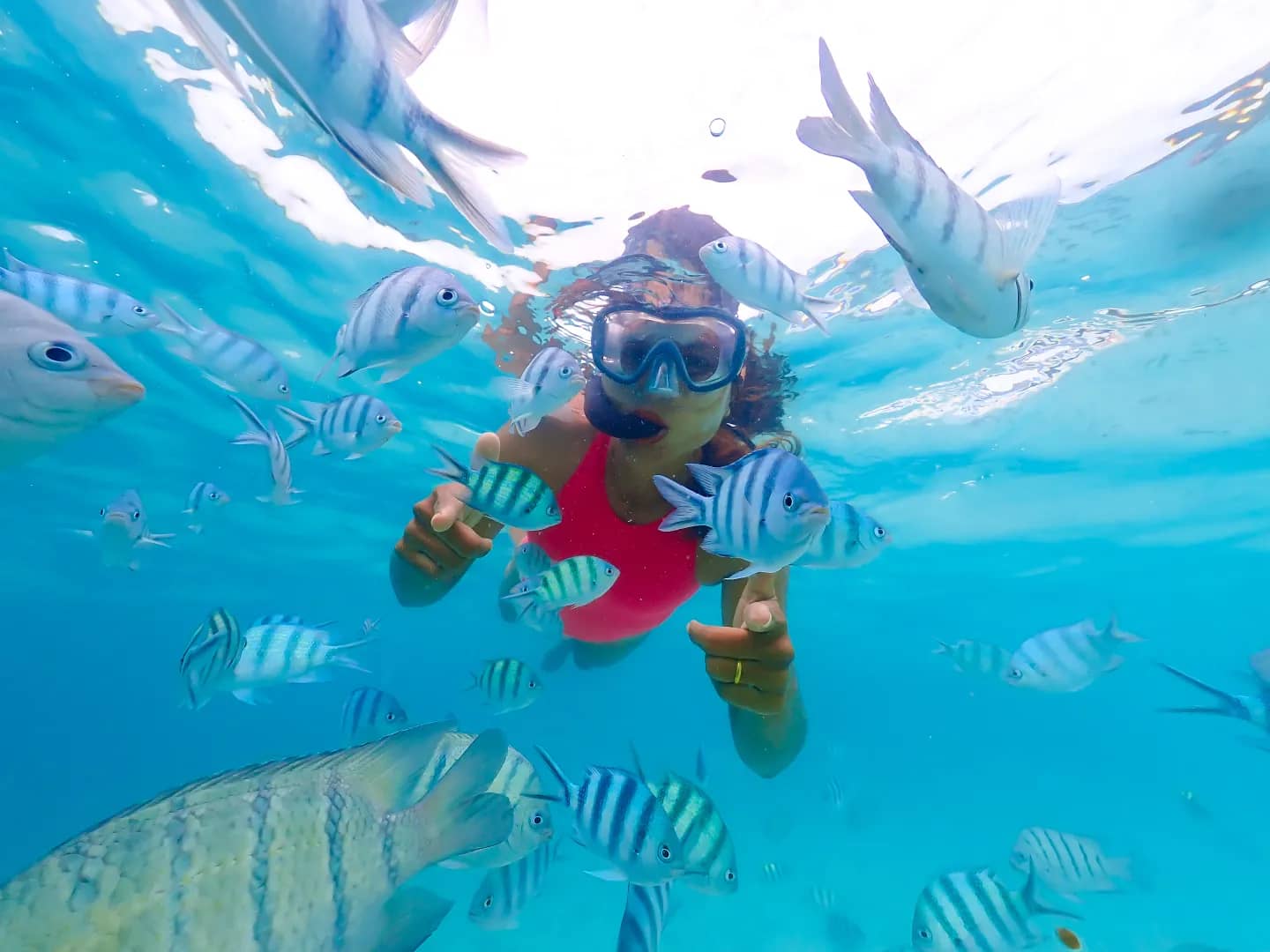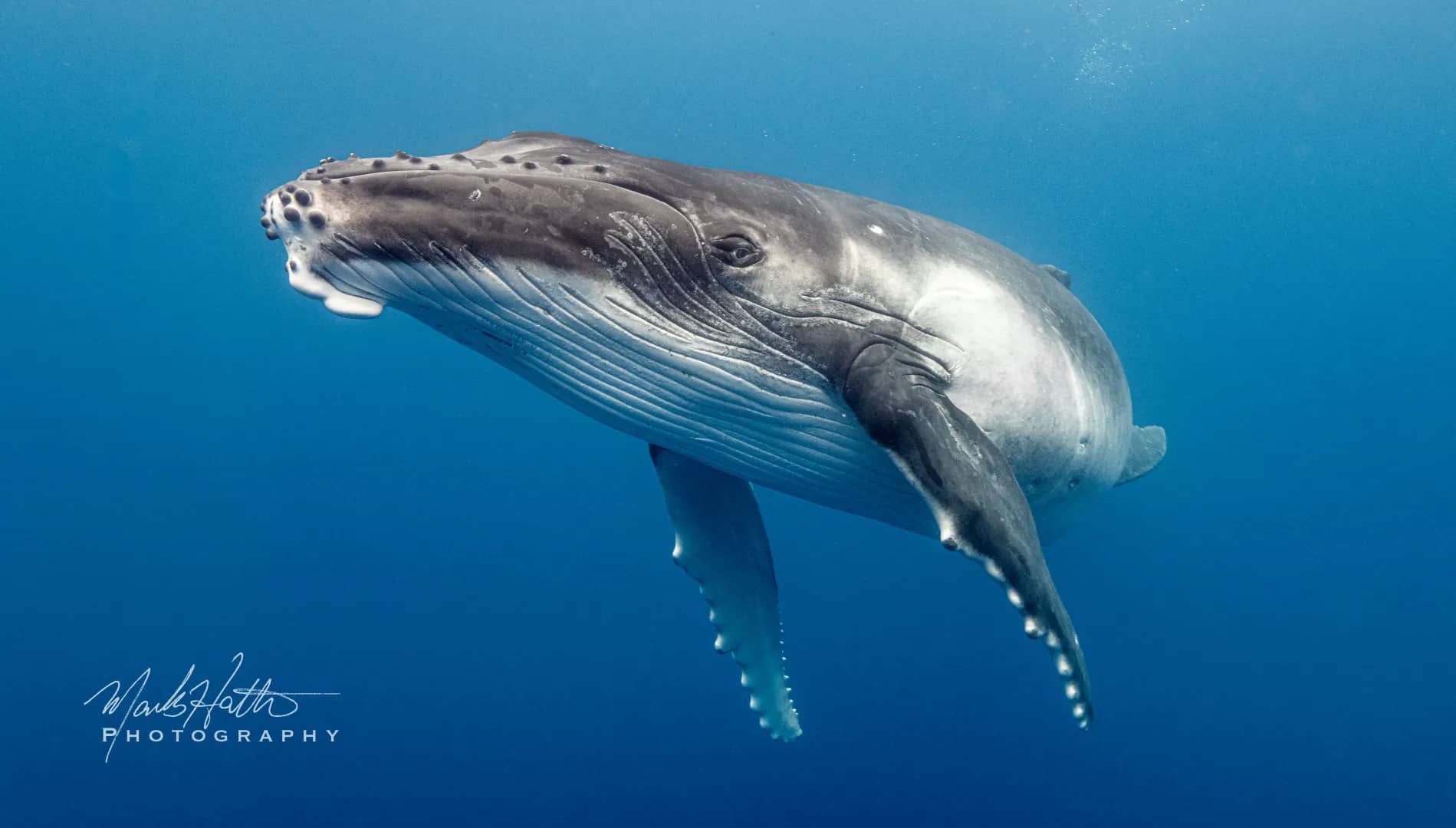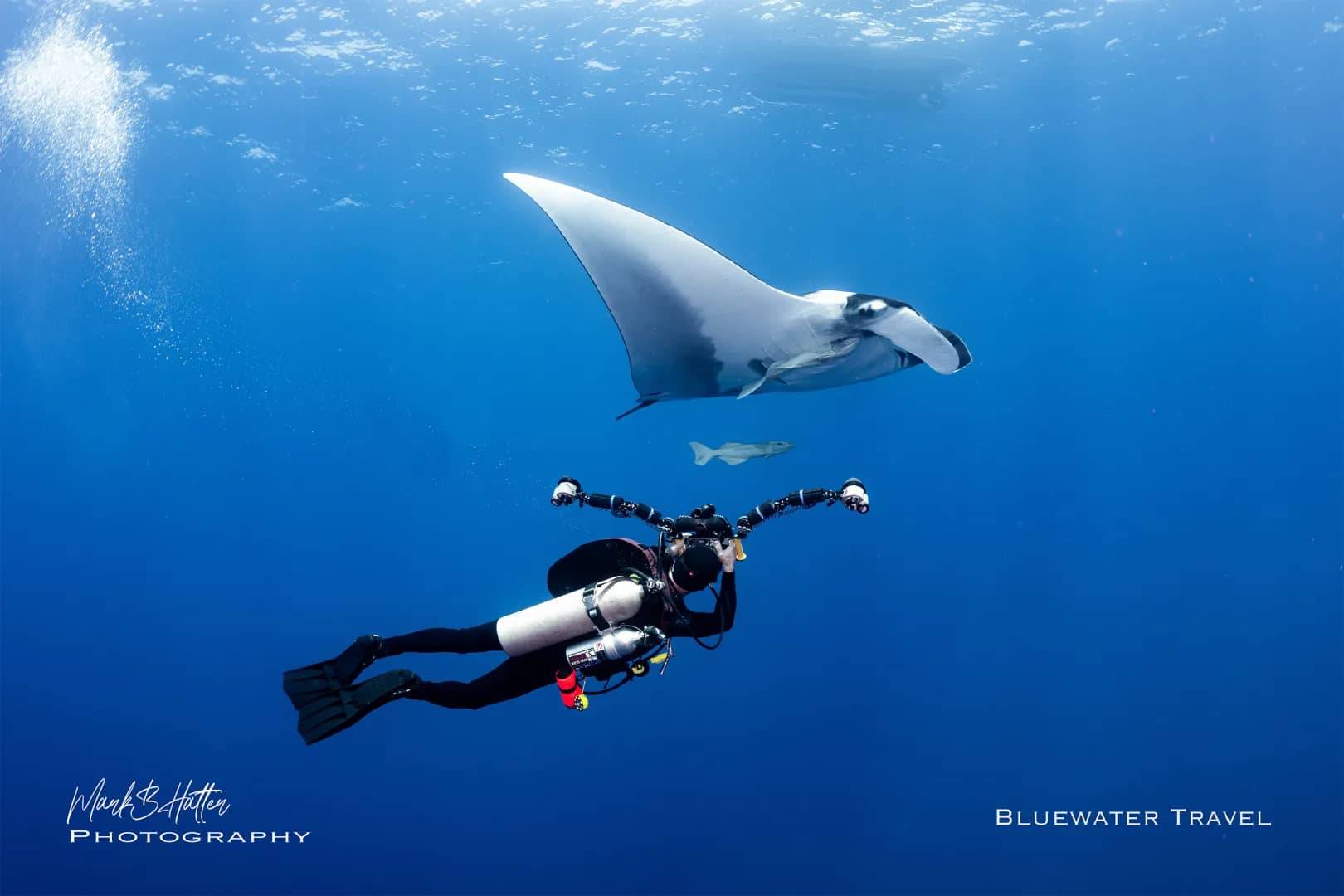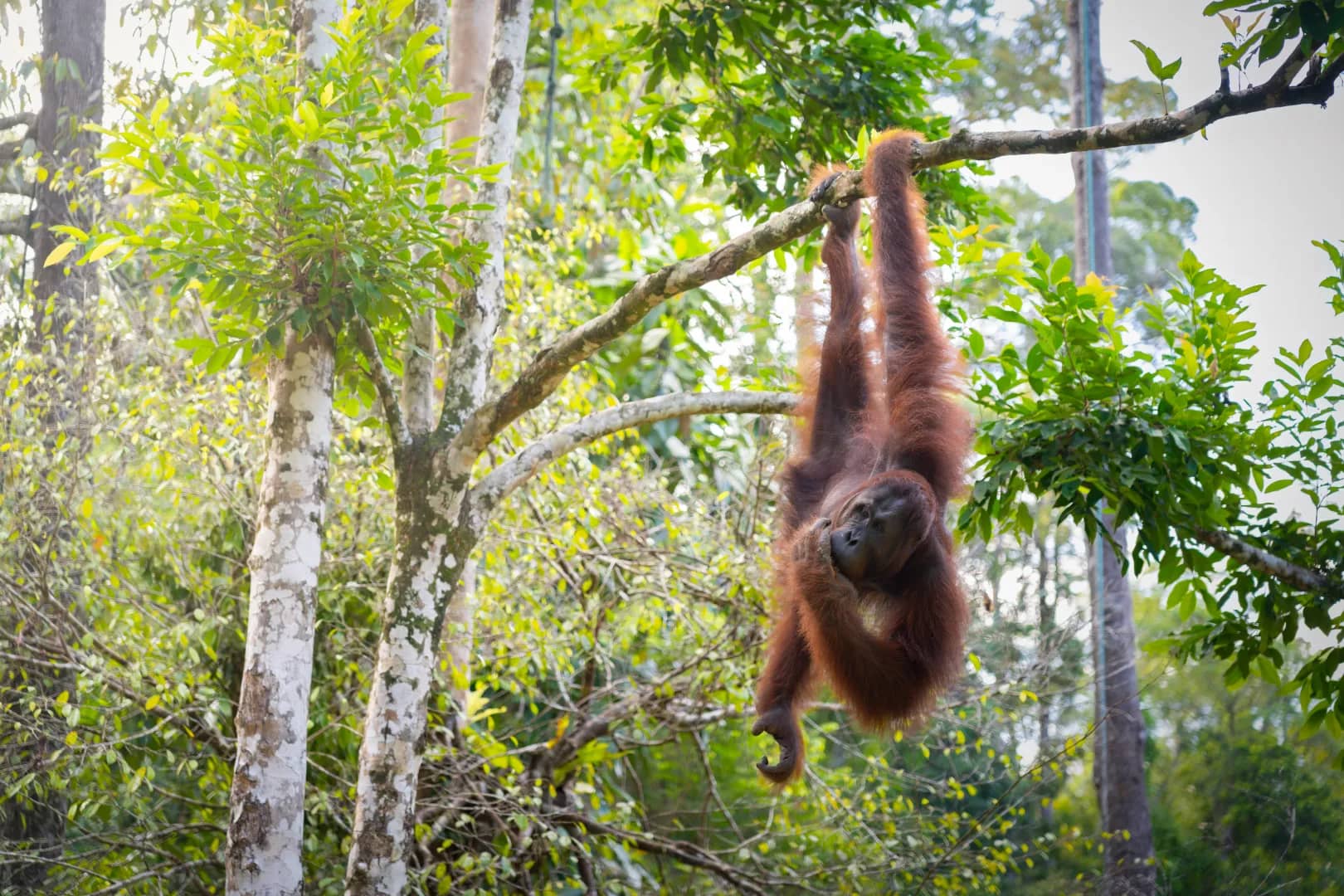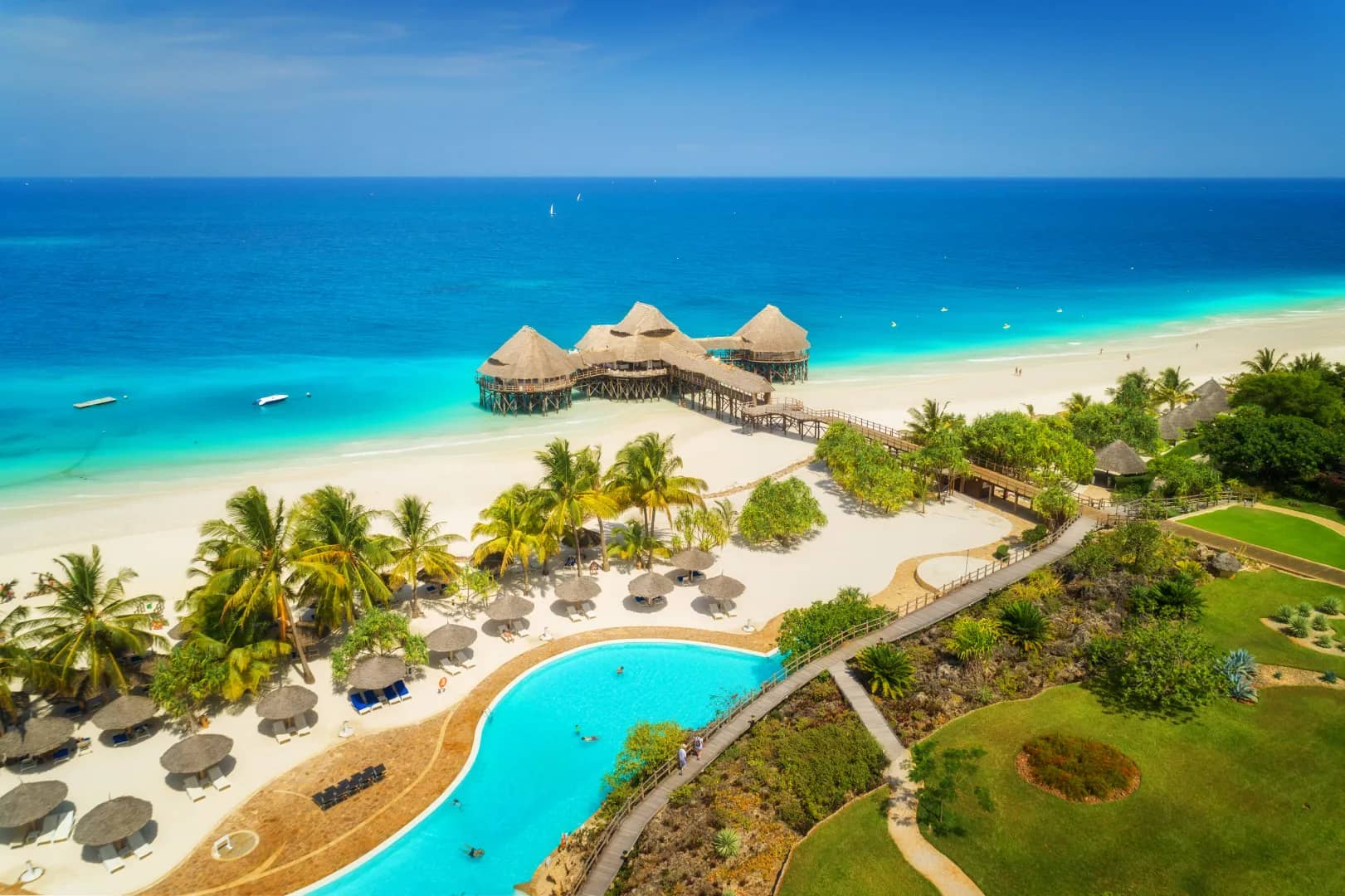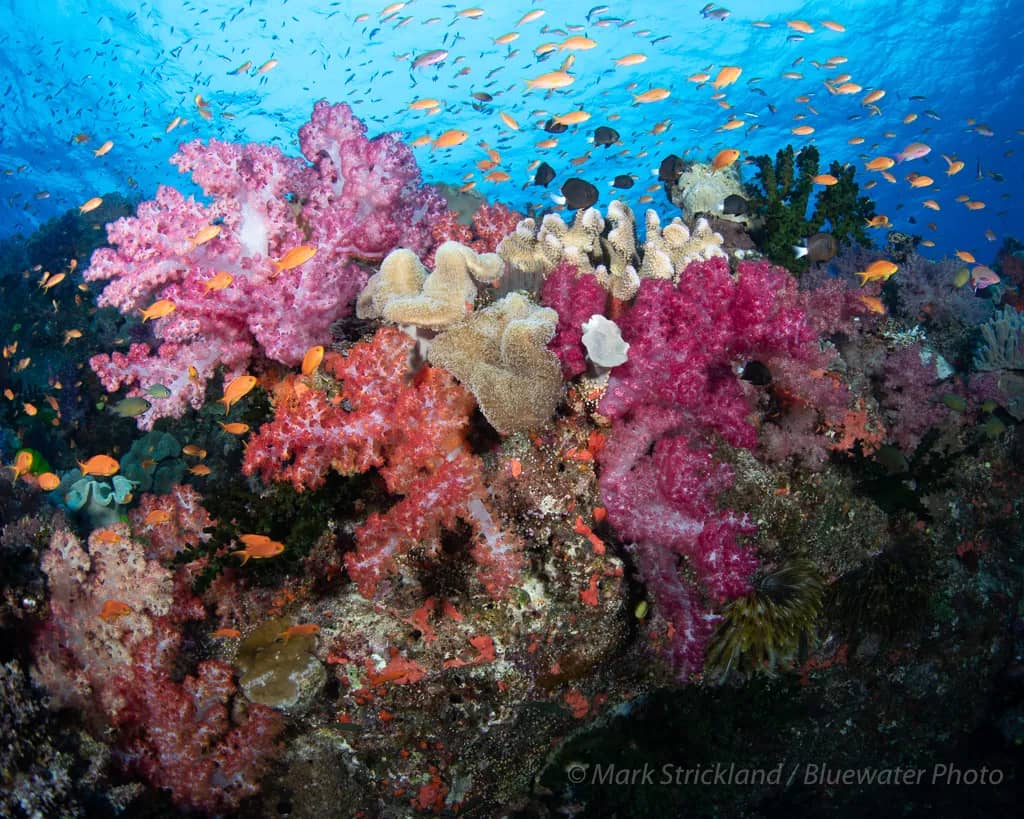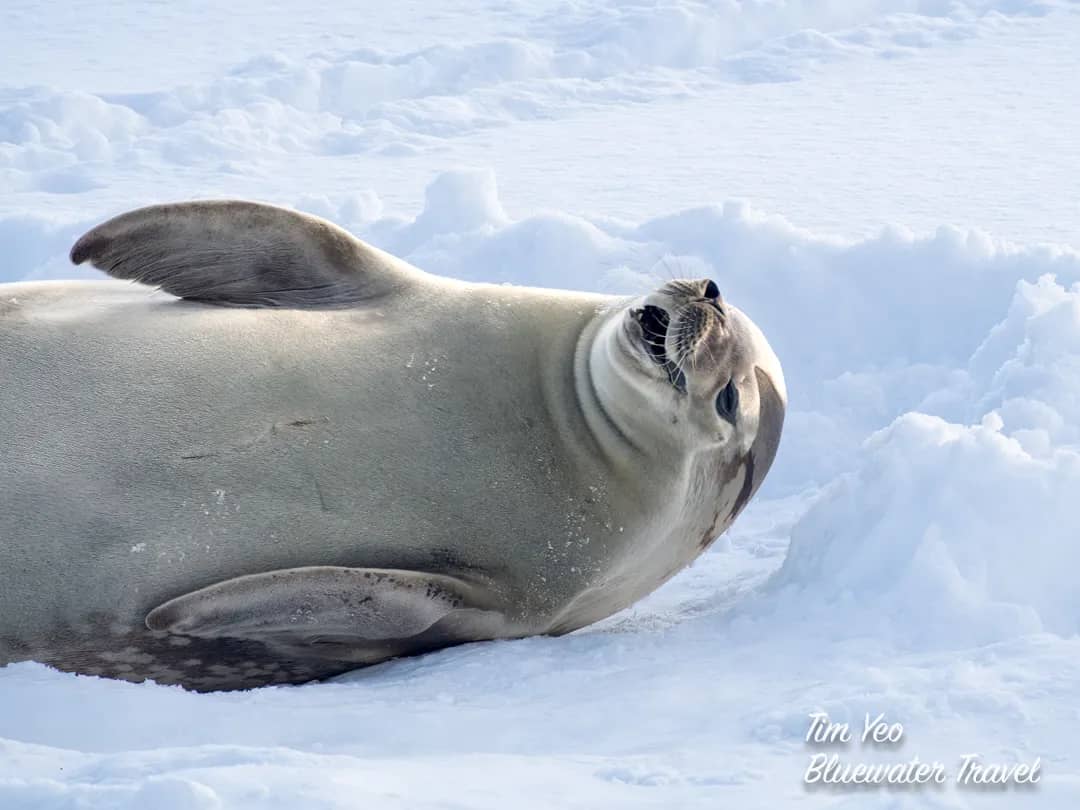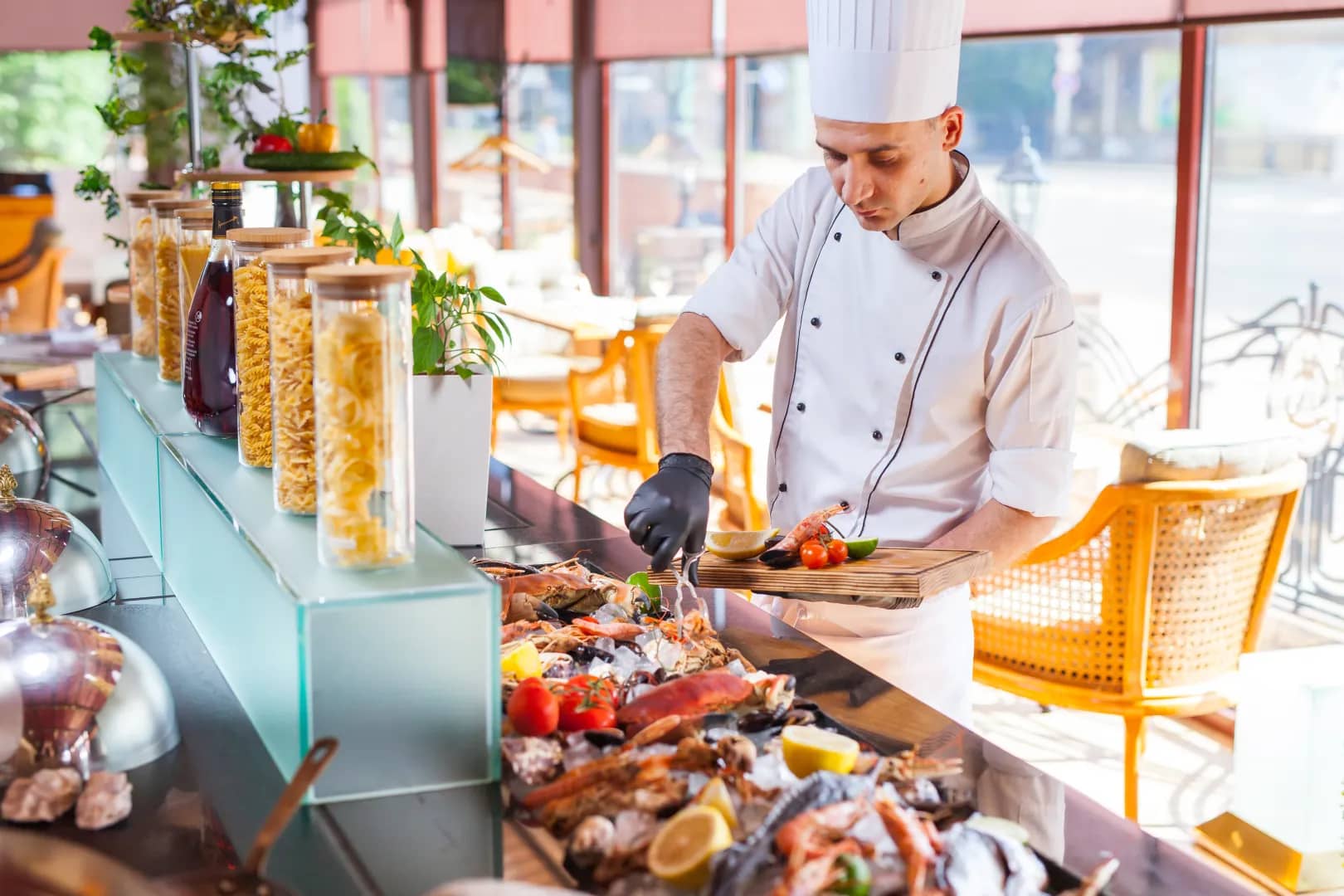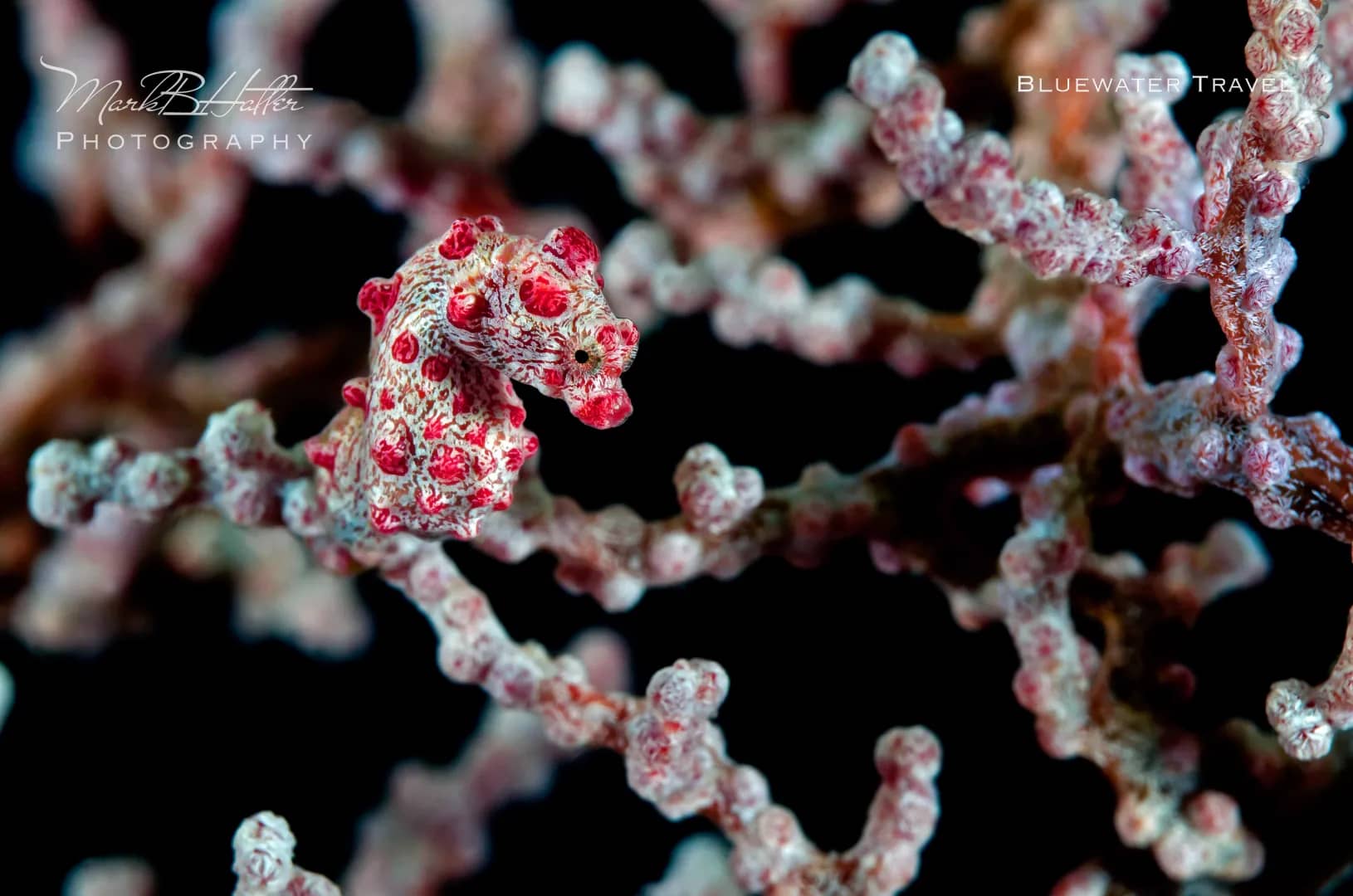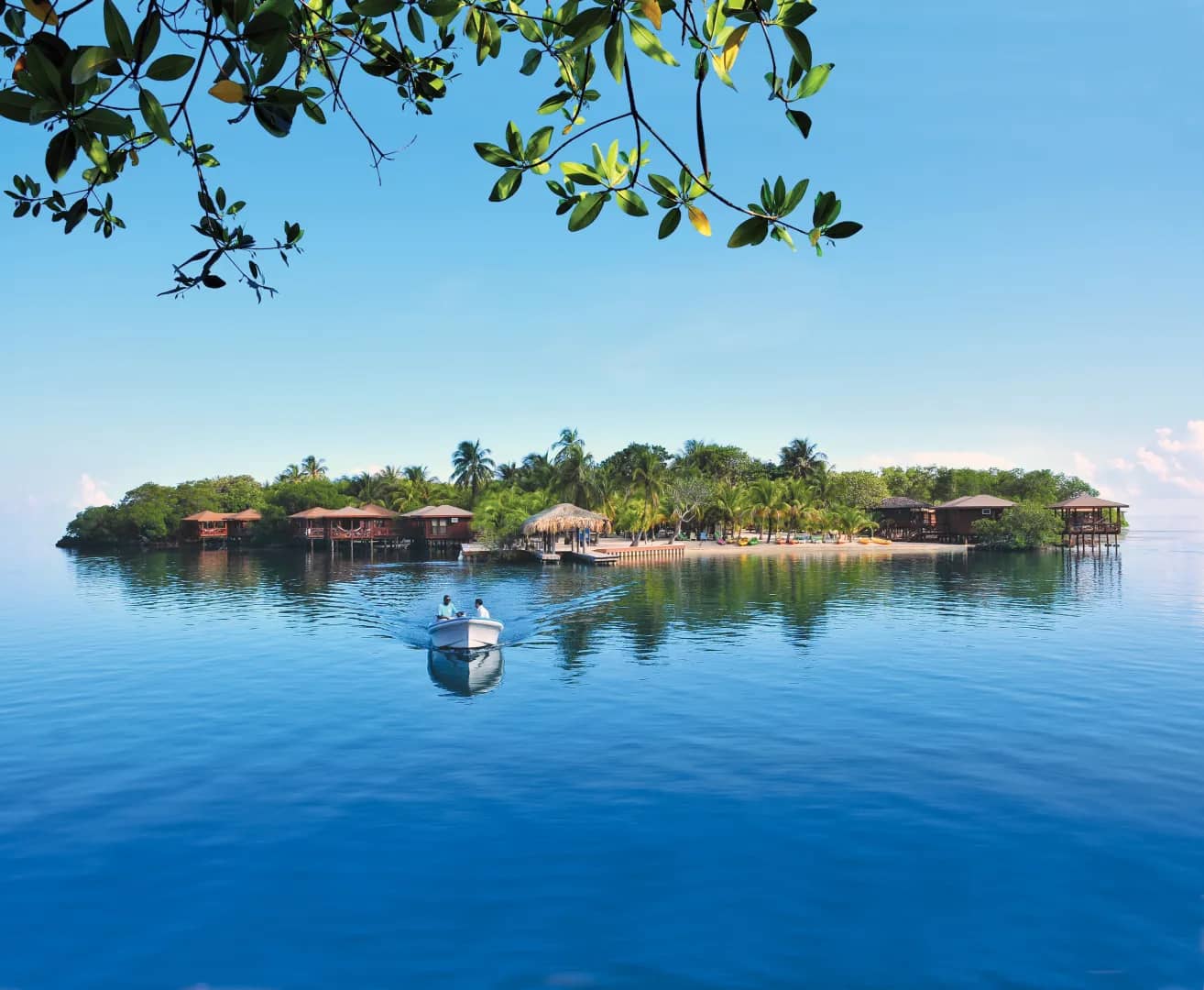10 Best Snorkeling Destinations in the World
Quick Overview
This guide presents the 10 best snorkeling destinations worldwide, including the Maldives, Raja Ampat, Hawaii, Galápagos, and more — handpicked for diversity of marine life, visibility, and unique underwater encounters. You’ll learn the best times to visit, what makes each spot special — from manta rays and whale sharks to vibrant coral reefs and sea lion colonies — plus tips on logistics and conservation practices. Whether you want shallow reefs or wildlife spectacles, this list helps you choose based on your snorkeling priorities.A foray into the underwater world isn't always scuba certification and clunky equipment. Snorkeling offers a friendly, equally beautiful way to see sea life in its own setting. From swimming alongside tame whale sharks to drifting above rainbow-colored coral reefs, the world's greatest snorkeling spots offer unforgettable encounters with some of the most amazing animals and landscapes on Earth.
Introduction
We've created this ultimate insider's guide to the world's best 10 snorkeling spots, each providing its own distinctive marine life adventure and underwater scenery that will be simply breathtaking. These sites aren't just random places with open water – they're hand-picked picked locations where the time of the year for animal migrations, restricted marine areas, and ideal weather conditions converge to create truly world-class snorkel experiences.
1. Maldives – Snorkel with Mantas & Whale Sharks
Maldives has set itself as an ultimate snorkeling destination, thanks to its crystal-clear waters and high marine diversity on more than 1,000 islands. Paradise in the Indian Ocean takes the form of an adventure—swimming alongside manta rays and whale sharks in their natural habitats.
When to Go
The best time to snorkel with mantas and whale sharks in the Maldives is during the dry season (November to April), when the visibility is greater than 100 feet (30 meters). Manta rays can be found year-round in some channels and cleaning stations, while whale sharks are seen more frequently between May and December on the western side of the atolls.
What Makes It Special
Hanifaru Bay: During certain moon phases between May and November, this UNESCO Biosphere Reserve welcomes the planet's largest known manta ray feeding aggregation, with mantas performing their graceful feeding ballets in dozens. Over 6,000 reef manta rays and more than 1,000 oceanic mantas have been identified in its waters, making it one of the best places in the world to encounter these graceful giants. With nutrient-rich currents and ideal feeding conditions, the Maldives serves as a vital habitat where snorkelers can witness these incredible creatures up close.
South Ari Atoll: One of the few places on Earth where whale sharks can be spotted year-round, with the gentle giants feeding frequently near the surface, which is perfect for snorkelers.
Research suggests that this area serves as a secondary nursery, where young sharks that have outgrown their juvenile stage continue to thrive. Interestingly, once they reach about 8 meters in length, around the time they become sexually mature, they are no longer seen in the region. This means Sampa (South Ari Marine Protected Area) plays a crucial role in providing a safe and resource-rich environment for these growing sharks before they venture off into adulthood. 726 Whale Sharks and over 8000 encounters identified in the Maldives; visitors are encouraged to help document them by sending photos of the shark individuals for research!
Healthy Coral Reefs: The Maldives still boast some of the Indian Ocean's healthiest coral systems, which are home to over 2,000 fish species.
Snorkeler's Tip
Several resorts also offer "manta-on-call" services, where they will alert you when mantas are spotted nearby. For an unforgettable snorkeling experience, ask your guide how to take the best photos of manta rays and whale sharks to help with identification for research. Your photos can contribute to conservation efforts, and if you capture an individual that hasn’t been recorded before, you might even get the chance to name it! If you join a Liveaboard, there’s a chance that whale sharks and manta rays will visit the boat at night, attracted by the boat’s lights. This offers a magical and intimate experience where you can swim alongside these gentle giants in the dark, making for an unforgettable wildlife encounter! Contact us for availability.
Bring a wetsuit even as in this tropical haven – hours at sea, waiting for mantas and whale sharks, can leave you cold.
How to Get There
Getting to the Maldives from most places around the world requires a connecting flight through major hubs like Dubai, Doha, or Istanbul, followed by a scenic seaplane or speedboat ride to your resort. Need help planning a stress-free Maldives getaway?Contact us today for expert assistance and a seamless travel experience!




2. Isla Mujeres, Mexico – Whale Shark Snorkel Adventure
Off the coast of Cancún lies Isla Mujeres, the center of what is likely the most remarkable wildlife spectacle within snorkelers' reach: the summer whale shark aggregation. Dozens of the planet's largest fish, whale sharks, congregate each summer to dine in a relatively small area, allowing for a once-in-a-lifetime experience of close encounters.
After your snorkeling tour, you'll enjoy lunch while soaking, literally!, in the crystal-clear blue waters of Isla Mujeres.
These waters are incredibly deep, plunging hundreds of meters. This depth creates breathtaking shafts of light that pierce through the water, making for an unforgettable sight.
For more adventure, try snorkeling with sailfish or exploring the mesmerizing underwater sculptures at MUSA.
When to Go
Mid-June to early September marks whale shark season in Isla Mujeres, with peak numbers typically appearing in July and August. During this period, it's not uncommon to see dozens of whale sharks in a single day.
What Makes It Special
Massive Aggregation: Scientists have documented over 400 whale sharks in a single day during peak season, making this the largest known congregation of whale sharks on the planet.
Accessibility: Day tours run regularly from Cancún and Isla Mujeres, making this amazing adventure within reach for the budget-conscious traveler.
Surface Feeding: The whale sharks are surface feeders, sieving plankton in the surface waters, so snorkelers can easily spot them without the need to dive.
Snorkeler's Tip
This experience is best suited for strong swimmers, as you'll need to keep up with the whale sharks by swimming constantly. While many guides are happy to assist by pulling slower swimmers along, you'll have a much better time if you're confident in the water.
The speedboat ride to the site takes about an hour, and sunscreen— even if applied beforehand in Cancun or Isla Mujeres—is strictly prohibited to protect the marine ecosystem. Be sure to bring long sleeves or a towel for sun protection.
Book with a reputable operator that adheres to responsible wildlife guidelines, as the popularity of this activity has resulted in some overcrowding. The best encounters tend to occur early in the morning before most boats arrive. Contact us for more info and availability.
How to Get There
Getting to Isla Mujeres is a quick ferry ride from Cancun, but navigating transfers can be tricky. You could also stay in Cancun or Riviera Maya and go on a day tour. In any case, let us handle the details—contact us for a seamless, stress-free trip!




3. French Polynesia – Swim with Humpback Whales
Islands of French Polynesia—Moorea and Tahiti particularly—offer one of life's most humbling experiences: swimming with humpback whales. These massive mammals migrate into warm waters here to mate and give birth, offering respectful in-water encounters.
Snorkelers can also explore vibrant coral reefs teeming with turtles and sharks, or venture into the lagoon for an unforgettable encounter with eagle rays, stingrays, and blacktip reef sharks.
When to Go
August to October is humpback whale season in French Polynesia. Mother whales guide their newborn calves into the calm waters around the islands, and it is possible for snorkelers to spot them resting in the blue, clear water under tightly managed guidelines.
What Makes It Special
Mother and Calf Interactions: Witnessing the encounter between a mother humpback and her calf floating in the blue, clear water is an emotional experience that cannot be compared to anything else.
Whale Songs: Snorkelers can pick up the refined singing of male humpbacks echoing through the ocean—a hauntingly beautiful soundtrack to your underwater escapade.
Clean Marine Environment: With the whales aside, French Polynesia has excellent visibility and healthy coral systems teeming with tropical fish.
Snorkeler's Tip
Patience is essential for interacting with whales. A good operator will have the vessel hover near whales that are exhibiting relaxed behavior, then allow small groups into the water at a decent distance. Be prepared to wait for the opportunity, as whale comfort will always come first.
Want to go even deeper? Join our group scuba diving trips HERE!
How to Get There
Most travelers fly into Faa’a International Airport (PPT) in Tahiti, the main gateway to French Polynesia. Direct flights are available from cities like Los Angeles (LAX), San Francisco (SFO), Paris (CDG), and Auckland (AKL). From Tahiti, you can take a domestic flight, ferry, or boat transfer to other islands like Bora Bora, Moorea, or Taha’a.
Need help planning your dream trip? Let us handle the details—contact us for a seamless, stress-free getaway!




4. Raja Ampat, Indonesia – Coral Reef Amazement
Located in Indonesia's remote West Papua province, Raja Ampat is the pinnacle of oceanic biodiversity on the planet. This island archipelago of over 1,500 small islands lies at the heart of the Coral Triangle and holds more fish and coral species than anywhere else on the planet—a snorkeler's paradise.
Snorkeling in Raja Ampat isn’t just about coral reefs—its mangrove forests offer a unique underwater experience that is just as breathtaking. These ecosystems serve as a bridge between land and sea, creating a sanctuary for both marine and terrestrial wildlife.
A Nursery for Marine Life – Mangroves provide shelter for juvenile fish, baby sharks, and stingrays. Snorkeling here offers a rare opportunity to see these species up close in their early life stages.
Vibrant Coral and Marine Species – Unlike most mangrove systems, Raja Ampat’s mangroves have hard corals growing right up to their roots. This creates a fascinating blend of colorful fish weaving through the submerged roots. Snorkelers might also spot archerfish, known for their ability to spit jets of water to catch insects, or even the elusive dugong.
A Natural Carbon Sink – Mangroves store ten times more carbon than rainforests, making them one of the most important ecosystems for combating climate change.
Unique Light and Reflections – The shallow, clear waters of Raja Ampat’s mangroves create striking lighting effects, producing mirror-like reflections of corals, fish, and trees. This makes it an incredible location for underwater photography.
Exploring the mangroves of Raja Ampat offers a completely different perspective on the region’s biodiversity. It is an experience that blends marine beauty with ecological significance, making it a must-visit spot for snorkeling enthusiasts.
When to Go
While Raja Ampat can be visited year round, the optimum snorkeling is during October through April, the dry season, when water visibility is usually at its best, up to 100 feet (30 meters) or more.
What Makes It Special
Unmatched Biodiversity: Over 1,600 fish species and 75% of the world's coral species have been recorded here—more than the entire Caribbean combined.
Shallow Reef Systems: The most beautiful reefs of Raja Ampat are cresting close to the surface, providing wonderful coral gardens that are within easy reach for snorkelers.
Minimal Development: The remote area of this archipelago has preserved its marine ecosystems, offering a glimpse into coral reefs as they once existed throughout the tropics.
Explore the Mangrove Forest: A Nursery for Marine Life, unique colors and light reflexion, and a Natural Carbon Sink.
Snorkeler's Tip
Snorkeling in Raja Ampat offers incredible diversity, but strong currents dominate. Remain at the protected reefs, use reef-safe sunscreen, and take a guide or bring a flotation device if you are not familiar with drift snorkeling.
How to Get There
Reaching Raja Ampat requires multiple steps, starting with a flight to Domine Eduard Osok Airport (SOQ) in Sorong, Indonesia—usually via Jakarta (CGK), Bali (DPS), or Makassar (UPG). From Sorong, you'll take a ferry or speedboat to Waisai, the main hub of Raja Ampat, before transferring to your final destination by boat.
Need help arranging flights, ferries, and transfers? Let us handle the details—contact us for a hassle-free Raja Ampat adventure!
5. Fiji – Snorkel in Paradise
Fiji's reputation as "the soft coral capital of the world" is apt with its 333 islands bordered by barrier reefs, fringing reefs, and lagoons that provide world-class snorkeling. The combination of good health of coral ecosystems, abundant marine life, and clear waters makes Fiji one of the best snorkeling destinations.
When to Go
The dry season from May to October offers the best snorkeling conditions, with fewer rains making waters clearer. Warm water temperatures throughout the year range from 25-30°C (77-86°F).
What Makes It Special
Soft Coral Displays: Fiji's reefs are renowned for their colorful soft coral gardens oscillating around with gentle currents, presenting a magical underwater landscape.
Manta Ray Encounters: Certain passages through the Yasawa Islands turn into manta ray cleaning stations during May and October, providing snorkelers with the possibility of observing these highly sought-after creatures.
Cultural Connections: Snorkel sites in Fiji are connected with adjacent villages through traditional marine tenure systems, which allow individuals to be surrounded by Fijian culture when they uncover natural beauty.
Snorkeler's Tip
Don't miss a trip to Fiji's famous "Shark Reef" off Pacific Harbour, where conservationists have set up a sanctuary where snorkellers can observe several species of shark at close range from the relative safety of the water. Somosomo Strait's Rainbow Reef is another 'must-see', which is accessible by snorkellers under some tide conditions.
How to Get There
Most travelers fly into Nadi International Airport (NAN), Fiji’s main gateway, with direct flights from cities like Los Angeles (LAX), San Francisco (SFO), Sydney (SYD), and Auckland (AKL). From Nadi, you can take a domestic flight, ferry, or boat transfer to your final island destination.
Want a stress-free Fiji getaway? Let us handle the details—contact us for seamless trip planning!




6. Komodo National Park, Indonesia – Breathtaking Corals + Komodo Dragons
Komodo National Park offers a rare combination of outstanding marine experiences and the chance to see the world's largest lizard, the Komodo dragon. It is thus a place for both sea lovers and wildlife enthusiasts.
When to Go
For optimal snorkeling, visit between the dry season months of April and December, when visibility of up to 30 meters is possible. For manta ray sightings, visit from December to February.
The best time to see Komodo dragons is during their mating season, which occurs between May and August. During this period, the dragons are especially active as males engage in dramatic battles for dominance, grappling on their hind legs to pin their rival to the ground. Witnessing these powerful displays of strength and territorial competition is a rare and unforgettable experience. Eggs are laid in September, and while the hatchlings remain hidden for protection, adult dragons can often be seen roaming the islands in search of food or potential mates.
What Makes It Special
Manta Cleaning Stations: Sites like Manta Point and Karang Makassar offer regular opportunities to snorkel with manta rays as they visit cleaning stations.
Current-Swept Reefs: The nutrient currents flowing through the park create vibrant reef systems that are full of life, with many sites within snorkeling distance.
Land Excursions: After snorkeling, travelers may trek on Rinca or Komodo islands to observe the famous Komodo dragons in the wild.
Snorkeler's Tip
Pink Beach offers fine protected snorkeling for all ability levels, with more experienced snorkelers being able to swim to the edges of areas like Batu Bolong at slack tide. Snorkel at all times with a seasoned guide, as currents in the parks can change suddenly.
How to Get There
To reach Komodo, fly into Komodo Airport (LBJ) in Labuan Bajo, Indonesia, usually via Jakarta (CGK) or Bali (DPS). From Labuan Bajo, take a speedboat or join a liveaboard tour to explore the Komodo National Park and its famous islands.
Need help planning your Komodo adventure? Let us handle the details—contact us for a hassle-free trip!
7. Galapagos Islands, Ecuador – Snorkeling with Sea Lions, Marine Iguanas, Penguins, & Giant Tortoises
The Galapagos Islands are among the most unique snorkeling destinations in the world, where visitors can swim alongside creatures that live nowhere else on the planet. The intersection of cold and warm ocean currents creates a truly exceptional marine environment where tropical and temperate organisms coexist.
When to Go
The Galapagos is accessible throughout the year, but December to May provides warmer water temperatures (21-26°C/70-79°F) and peaceful seas, making it perfect for snorkeling. June to November features cooler water but more marine life activity with nutrient upwellings.
What Makes It Special
Friendly Sea Lions: Young sea lions tend to swim up to snorkelers with innate curiosity, leading to friendly underwater encounters that are among the most unforgettable wildlife experiences available.
Marine Iguanas: Snorkel among marine iguanas—the only sea-dwelling lizards on the planet—alone at the Galapagos as they graze on seagrasses and underwater algae.
Penguin Encounters: At sites along Isabela and Fernandina islands, snorkelers observe the northernmost penguin species dashing through the water with amazing speed.
Snorkeler's Tip
A live-aboard boat tour offers the widest range of snorkeling sites, including Wolf and Darwin islands, which are full of large pelagic life. Land-based tours offer good snorkeling at locations like Kicker Rock, Las Tintoreras, and Los Tuneles.
How to Get There
Fly into Ecuador first, landing in either Quito (UIO) or Guayaquil (GYE). From there, take a flight to Baltra (GPS) or San Cristóbal (SCY), the two main airports in the Galápagos. Upon arrival, you'll need a ferry, speedboat, or domestic flight to reach different islands.
Want a stress-free Galápagos adventure? Let us handle the details—contact us for expert trip planning!




8. La Paz, Mexico – Snorkel with Sea Lions, Fish, and Whale Sharks
The oceans around La Paz in Mexico's Baja California Sur offer premium snorkelin,g a two-hour boat ride away from this charming beach town. The Sea of Cortez, famous for its nutrient richness—dubbed by Jacques Cousteau as "the world's aquarium"—boasts an unbelievable diversity of sea life.
There aren’t many traditional coral reefs around La Paz, as Espíritu Santo Island is primarily made up of stunning rock formations. However, these waters are still teeming with marine life, offering an incredible experience for snorkelers. Most excursions also include a scenic lunch on the island, making for a perfect day out.
When to Go
September to April is ideal for snorkeling with whale sharks in the Bay of La Paz. For the warmest, clearest waters and the highest number of playful juveniles, September and October are the best months. To encounter sea lions at Los Islotes, travel between September and June, when the colony is not in breeding season.
What Makes It Special
Resident Whale Sharks: Unlike at other sites where whale shark encounters are seasonal migrations, La Paz is home to juvenile whale sharks that come into the bay to feed for months on end, significantly increasing your chances of successful encounters.
Sea Lion Colony: Los Islotes sea lion rookery offers some of the most frequent and amicable sea lion encounters with snorkelers anywhere in the world.
Espiritu Santo Island: This UNESCO World Heritage Site features protected bays with crystal-clear waters and accessible to snorkelers of all abilities.
Snorkeler's Tip
Water temperatures at La Paz are likely to be lower than expected, especially between December and March, so a 3mm wetsuit is recommended. The whale shark encounters are done in an area of poor visibility due to the plankton that attracts these filter feeders, so don't have too many expectations.
How to Get There
Fly into Manuel Márquez de León International Airport (LAP) in La Paz, with direct flights from Mexico City (MEX), Guadalajara (GDL), and Tijuana (TIJ). Alternatively, you can fly into Los Cabos International Airport (SJD) and drive or take a bus (about 2–3 hours).
Need a hassle-free trip? Let us handle the details—contact us!




9. Philippines – Fish and Turtles!
With over 7,000 islands and one of the highest marine biodiversity rates in the world, the Philippines offers top-notch snorkeling, from macroorganisms to behemoth pelagic. The accessibility, affordability, and stunning marine ecosystem make the Philippines an ideal snorkeling destination.
Visit Anilao: As Anilao is a popular diving spot, it only makes sense that it also offers a wonderful experience for snorkeling. You can never go wrong, whether it’s just beyond the shallow waters or into the deep. Colorful marine life, abundant sea creatures, and the not-over-crowded spots will guarantee you an incredible time.
Visit Coron: Coron is also a gem for snorkeling. Divers can explore the ruins of ships from World War II, but snorkelers can immerse themselves in what the locals call the Coral Garden. The garden, which the locals try to preserve and keep untouched by visitors, boasts many colors, from corals to marine life.
Visit Boracay: You can also snorkel in Boracay! Although it’s one of the most popular beaches in the Philippines, while others are busy doing other popular activities like parasailing, you can try snorkeling, which takes you to some less crowded spots where you can see nice reefs and vibrant marine life.
When to Go
The dry season from November to May generally offers the best snorkeling, with local exceptions. Palawan's high season is specifically from March to June, while Cebu and Bohol are best from February to May.
Anilao is also best visited from February to May. Boracay is beautiful all year round, but the optimal months to visit and do some snorkeling are around March to May.
What Makes It Special
Turtle Encounters: Places like Apo Island near Dumaguete are turtle havens, where one can regularly spot green and hawksbill turtles in shallow waters.
Sardine Runs: Moalboal in Cebu allows snorkelers to witness millions of sardines in enormous, churning schools just a few meters from the shore—a privilege typically reserved for divers.
Thresher Sharks: Dawn snorkeling tours from Malapascua Island offer the unique opportunity to observe thresher sharks at cleaning stations, typically at depths accessible to experienced snorkelers.
Snorkeler's Tip
Do not miss snorkeling in the clear lagoons of El Nido, Palawan. Karst limestone formations create nurseries for reef fish sheltered there. To see turtles, visit Balicasag Island off Bohol, a seagrass haven that attracts dozens of resident sea turtles.
The best time to snorkel is mid-morning before it gets hot at noon. Don’t forget your sunscreen, as the summer heat can get scorching in the Philippines!
You can also try other land activities, visit historical places, explore the mountains, and enjoy local food! If you’re up for some adventures and other water activities, you can visit other nearby provinces. Filipinos are friendly and will definitely make your trip special and fun!


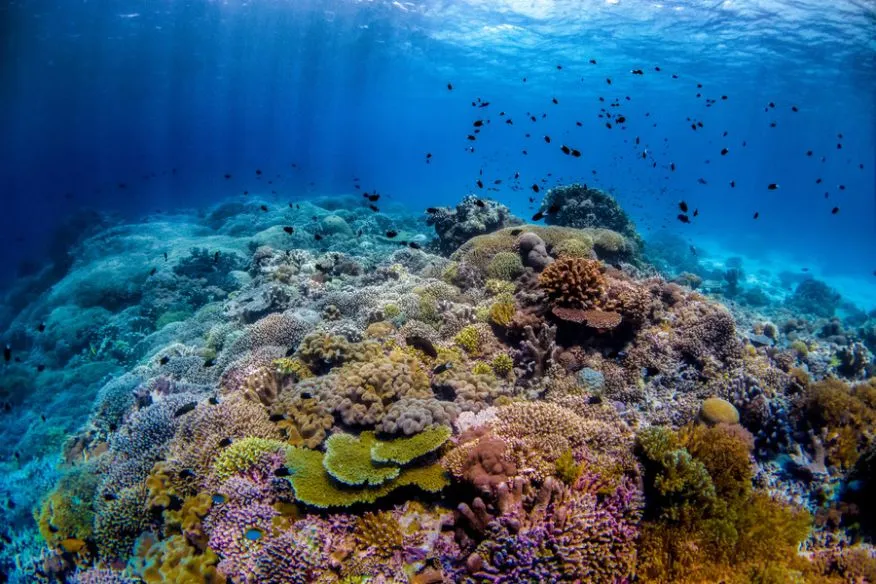

10. Hawaii – Snorkel with Manta Rays on the Big Island
The Hawaiian Islands offer unparalleled snorkeling, but the most magical experience might be waiting on the Big Island, where evening manta ray snorkeling is among the ocean's most unforgettable moments.
When to Go
Year-round night snorkeling with manta rays is available, with slightly higher chances of encountering several mantas during summer (May to October). Daytime snorkeling is best during summer, when seas are usually calm, especially on western coasts.
What Makes It Special
Manta Night Snorkel: Special tours utilize lights to attract plankton, which then attract mantas feeding inches from snorkelers in a stunningly choreographed evening ballet.
Reliable Encounters: The year-round resident population of manta rays in the Kona Coast consists of animals that come back to the same feeding grounds year after year, generating very reliable encounters. One reliable spot is right in front of the Outrigger Kona resort & spa.
Accessibility: Unlike most world-class marine encounters, Hawaii's manta encounters are within reach just off the shore, without lengthy boat rides.
Snorkeler's Tip
For night snorkeling over mantas, wear a full wetsuit because still floating can get you cold even in Hawaii's warm sea. For daytime snorkeling, don't skip Kealakekua Bay and Two Step for Hawaii's healthiest coral and most diverse marine life.
Other Amazing Snorkeling in Hawaii
In Hawaii, it is easy to see turtles, dolphins eagle rays, reef sharks and large schools of fish while snorkeling. The best spots are on the west sides of the islands. On the Big Island, two-step is a popular spot for snorkeling, for good reason - fish, turtles, and the chance to see dolphins or sharks.
On Maui, five caves is a top snorkeling site, with many turtles and reefs sharks just a few feet off shore.There are several places along the shore a mile or two north or south of five caves, that have a chance of seeing eagle rays. Honolua bay also has great snorkeling, although there is a walk through a forest and a decent swim involved. On Kauai, Koala landing on the south side offers great snorkeling.
How to Get There
Many cities like Los Angeles, Phoenix, San Francisco, Portland, Denver, Las Vegas and Seattle in the USA offer direct flights to Kauai, Maui and the Big Island on a regular basis.
Planning Your Ultimate Snorkeling Adventure
Want a stress-free trip? Let us handle the details—contact us for expert travel planning!
All of these sites offer an once-in-a-lifetime encounter to observe the marvel of the underwater universe using nothing but mask, snorkel, and fins. Scuba diving will venture you further afield, yet snorkeling reveals to you some of the seas' most fabulous creatures and marine ecosystems in more direct, no-frills style.
In planning your snorkel adventure, have these things in mind:
- Seasonal Timing: Most ocean experiences are extremely seasonal, so check out the optimum times to go to each place for your desired experience.
- Local Regulations: Protected marine areas tend to have certain rules to be followed by snorkelers to help reduce environmental impact.
- Tour Operators: Select operators with sound conservation ethics and experienced guides who look after both your safety and the well-being of marine creatures.
- Equipment: While rental equipment is usually found at most places, bringing your own properly fitting mask and snorkel ensures comfort during those magical underwater moments.
- Getting There & Around: Some destinations require careful planning, with multiple transfers or special permits. To make your trip seamless, let us handle the logistics—we’ll tailor your itinerary to fit your budget and schedule.
Whether you're swimming alongside a 40-foot whale shark in Isla Mujeres, watching manta rays feed under the Hawaiian night sky, or floating above Raja Ampat's kaleidoscopic reefs, these snorkeling destinations promise to deliver experiences that will remain etched in your memory long after you've dried off.
Bluewater Travel’s Agents are seasoned experts in these destinations—all dive masters or higher, with years of experience both guiding underwater and helping snorkelers and divers plan their perfect trips. From resorts and liveaboards to day tours, hotel stays, flights, transfers, and even snorkeling or camera equipment, we've got you covered! Contact us today to start planning your ultimate adventure.
The underwater world awaits—all you need to do is take the plunge!
